My Experimental Theater cup really runneth over as we had 26 applicants before the first session. Thank you to all of our returning participants for helping spread the word and recruiting a great group of fresh faces for our workshop this year.
As this year’s participants began to show up we swept the floor of our space and retrieved our trusty yellow chairs from their internment in the mens’ shower. Preparing our space for our work for the first time always fills me with joy as I anticipate the adventure ahead. Every group is different; every year brings new discoveries and challenges.
By the end of this first session I was sure of two things: this year’s group promises to be particularly good at ensemble soundscape creation and they also kick ass at slow motion anything!
Our first exercise is always walking through the space, exploring and getting to know this space in which we are about to work. Then we add in some ideas about different qualities of motion and the easiest to grasp, and therefore the first we attempt, is always speed. We ask them all to walk as fast as they can while exploring the space and then to walk as slow as they can while exploring the space. About two seconds into the “slow as you can” bit it was as though a light suddenly went on. Everyone seemed to have a wonderful instinct for the kind of effort required and the instant energy created by everyone concentrating so hard on such a simple task was electric. It’s nice to have a sign that things are going to go well this early in the process!
Our first attempt to create something as a group also went well, we played some mover/sounder (a few participants work together to create sounds while the rest of the participants move in reaction to what they hear) and a mere 45 minutes after we had all learned each other’s names we asked them to “find a way to end it together” and they did, like old pros, without our even explaining what we meant.
After the obligatory discussion of what it is we are all about to do together and the way in which respect is integral to our success we settled down to our first readings.

We began with a bang, or more appropriately, a ZANG TUM TUM! We read a little of F.T. Marinetti’s The Founding and Manifesto of Futurism. When we got to the manifesto proper (a list of eleven declarations of what Futurism intended to be) I heard one of the participants sitting near me say under her breath “who were these people?” And indeed, it is hard for us, living now in times when caution is the most sacred of social tenets to imagine an entire movement spreading throughout the west that proclaimed such incendiary beliefs. The Futurists recognized the great collapse of time created by the mechanization of everything and believed that these new times demanded a rejection of all the ancient institutions to create a new philosophy of art for this irrevocably changed world. The Futurists experimented with applying their ideas to all aspects of creation and art, even cooking and architecture, but the most sacred form to them was performance. They believed only in performance could an audience be placed within the art, any complacency made impossible by the immediacy of the medium. When writing scripts for the theater the futurists condensed everything down to only the crucial moment and called these sketches sentesi, or synthesis. Many of their performance texts were not even written in traditional formats and included lines, shapes, drawings and words all over the page with no instructions about how they were to be performed. Don’t worry, we figured it out! In the last third of the session they broke into three groups and each came up with a performance of one such script called 3nomial Voices Whirlpool Destruction.

Each performance was different in the way they chose to use movement and especially in the way they chose to use the words that appeared on the page. I’ve seen many groups perform this over the years but what really struck me this year was the way in which every group really succeeded in structuring their performance so the abstract shapes on the page were integral to the performance. Believe you me, that’s as hard as it sounds.
Our second reading was some of the work of Gertrude Stein. Megan began with a quote to illustrate Stein’s quest for the “authentic now” and a subject’s “bottom nature.” Stein sought to render her subjects directly, not to describe them. So she built paragraphs of sound and emotion, emphasizing the sound and rhythm of syllables as equally important to any meaning the words might possess. Her writing is always in the present giving each moment a sense of now-ness and rejecting the need to illustrate any passage of time, any linear understanding. We are never before or after, we are always now. One critic said that rather than understand Stein’s work we must interstand it and Megan astutely pointed out that to even talk about how we experience Stein we must make up new words. We read two sections of Stein’s text, the second group of readers had the added benefit of more discussion on Stein’s intentions and when they read each syllable in the matter of fact way Stein intended rather than trying to impose any meaning on the sentences the emotional qualities of the paragraphs really began to show through. Stein’s work never ceases to amaze me. SHE ACCOMPLISHED SO COMPLETELY WHAT SHE SET OUT TO DO. If the movement, reading, and thinking this group did today is any indication, then they’re about to go all Stein on this year’s workshop
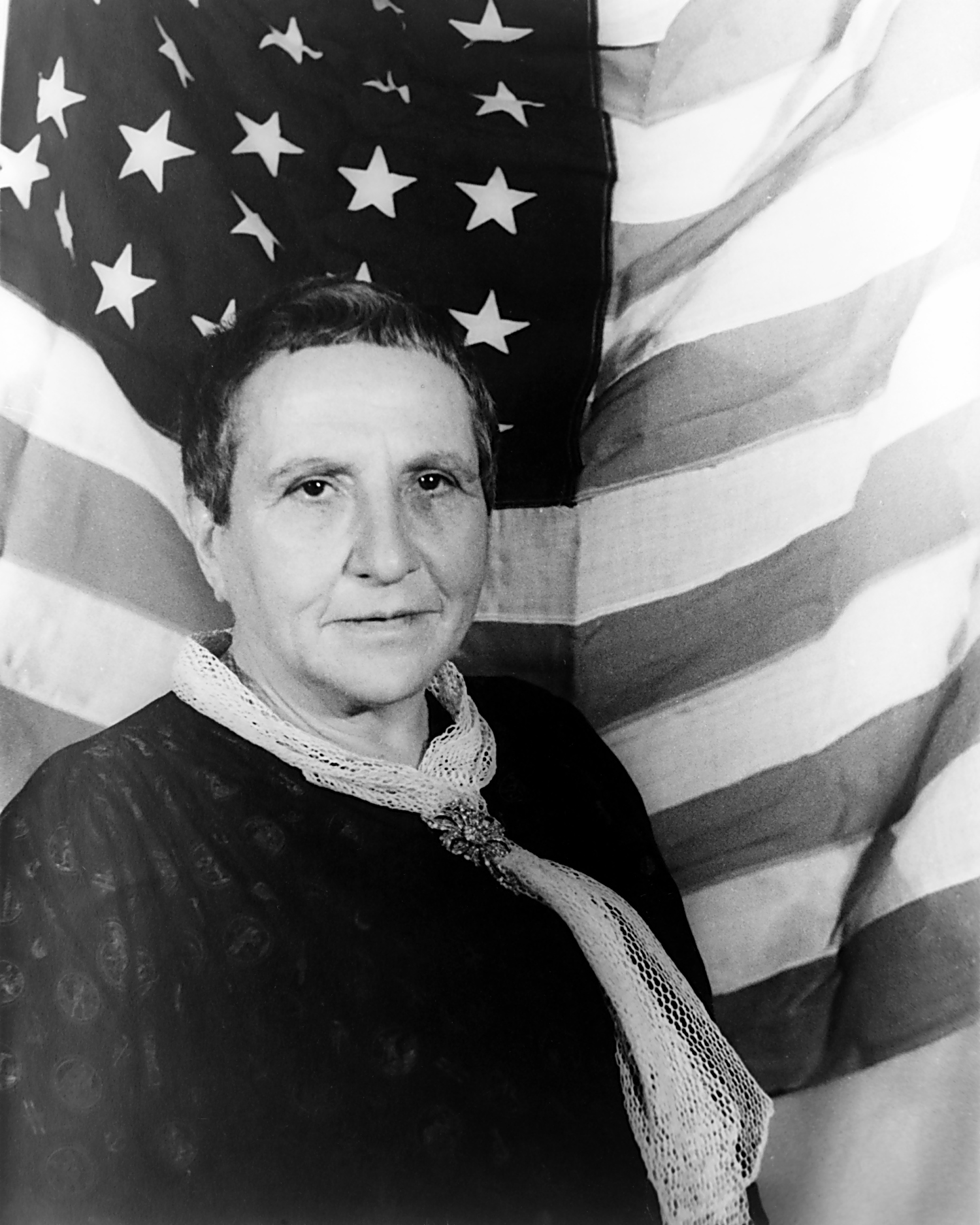
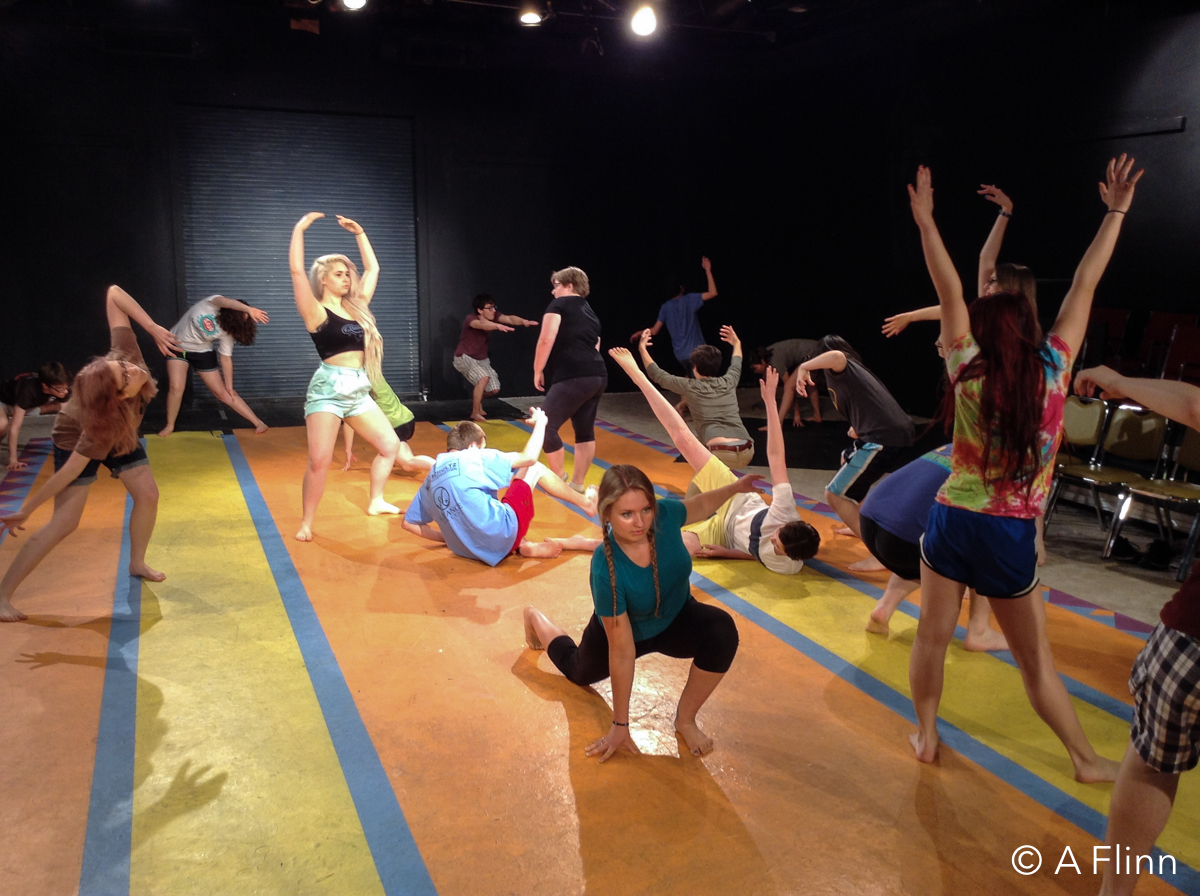
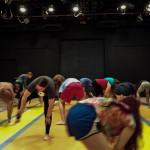
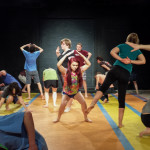
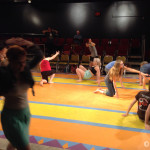
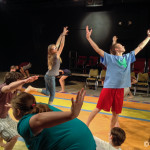
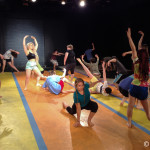
Leave a Reply
You must be logged in to post a comment.